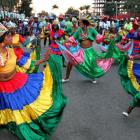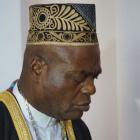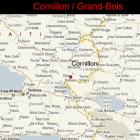ADVERTISEMENT
Photos
Presidend Michel Martelly criticized for wearing blue jean, death of Dessalines
Here is a picture where President Michel Martelly was wearing his blue jean and dressed casually in 2012 at the commemoration of the death of Jean-Jacques Dessalines. he was criticized severely by many important members of the society for this action
Jean-Jacques Dessalines was born in Saint Domingue on September 20, 1806 as Jean-Jacques Duclos, his father's surname given by his slave owner. He worked in the sugar cane fields, rising to the position of foreman. At the age of 30, a freed slave, Dessalines, bought Jean-Jacques and gave him his surname, Dessalines.
In 1791 Dessalines participated in the slave rebellion, the prelude to the Haitian Revolution. He fought alongside Toussaint Louverture with the French to defeat the Spanish and British. When the French took steps to bring slavery back on Saint Domingue, Dessalines fought against them, defeating them at the Battle of Vertieres in 1803. The French surrendered and Dessalines proclaimed the Declaration of Independence and made himself emperor, Jacques I.
Michel Martelly at the the 2015 CELAC summit in Costa Rica
Here is a set of pictures of President Michel Martelly at the the 2015 CELAC summit in Costa Rica.
Read more:
ticotimes.net
The royal declaration by Henri Christophe in 1821
This is the actual declaration by Henri Christophe in 1821.
Henri Christophe, the President of Haiti (February 17, 1807 to March 28, 1811) and the king of Haiti (March 28, 1811 to October 8, 1820) was the son of a slave. During his lifetime, he has worked as a waiter, mason, sailor , billiard-marker, stable-hand and a drummer boy. He managed a hotel restaurant in Cap-Français, entered the army and achieved the rank of officer. By 1802, he was a general under the command of Toussaint. In 1811, he became King of Haiti. In 1811 Christophe changed Northern Haiti from a republic to a kingdom and had made himself the crowned King Henri I. He is mostly remembered for the citadels and fortresses he built, but his organizational and administrative brilliance is mostly overlooked. He created an atmosphere of work, discipline and introduced a system of education in his empire. As the king of Haiti, he took his responsibility seriously and declared Catholicism as the official religion of his country, although other beliefs were respected. He introduced a monetary system which is not much different from the present one. He had a grand engraved armorial coat of arms at head of caption title: two crowned lions holding a crowned shield, with a phoenix and with a scroll reading "am reborn from my ashes"" and another scroll underneath the lions reading"God my cause and my sword". The royal declaration represented a protest against the French plan to reconquer the former colony of Saint-Domingue, even as diplomatic negotiations were underway.
Marie-Louise Coidavid, wife of Henri Christophe
Here is a picture of Marie-Louise Coidavid.
Marie-Louise (May 8, 1778 - 1851), the wife of Henry Chrystophe was born into a free black family. Her father was a hotel owner. She was married to Henry in 1798. In 1811, when the kingdom of Haiti was created, Marie-Louise was given the title of "Queen", and she took that responsibility seriously. In 1820, when Henry committed suicide as he could not face a military rebellion with his paralyzed body caused by a stroke, Marie-Louise, his widow, was allowed to leave Haiti with her two daughters. After the death of her husband, Marie remained in the palace with her daughters until Henry's followers escorted them out of the palace with the corpse of her husband. Henry's successor Jean-Pierre Boyer offered her help and protection, but she refused. They travelled to London (there was a rumor that her husband left three million money deposited somewhere in Europe) and then moved to Pisa where they found the climate more salubrious. However, both of her daughters were sick and died prematurely. After their death, she wrote to Boyer, requesting permission for returning to homeland. But Boyer heartlessly ignored her and in 1851, she died alone in exile.
Sans-Souci Palace, also called Chateau de Sans-Souci
Sans-Souci Palace, also called Chateau de Sans-Souci of Henri Christophe
The Sans-Souci (or Carefree in English) Palace was the Royal residence of Henry Chrystophe (who named himself King Henry I), of Haiti. Its construction was completed between 1810 and 1813. It is located in the town of Milot, Nord Department, near the famous mountaintop fortress Citadelle Laferrière or, Citadelle, also built by Henry Chrystophe. In a severe earthquake in 1842, a major part of the palace was destroyed. During its heydays, Sans-Souci palace was compared to Versailles in France. Henry Christophe was a former slave and a self educated person. He built the palace under a program to demonstrate foreigners like Europeans and Americans, the power and capability of the black race. Incidentally, the palace shares its name with one African slave revolutionary leader, Colonel Jean-Baptiste Sans Souci. In 1982, UNESCO designated both Citadelle Laferrière and Chateau de Sans-Souci (carefree country house or castle) of Henry Chrystophe as World Heritage Sites.
St. Francis de Sales hospital in Port-au-Prince
This is a picture of the new 200-bed St. Francis de Sales hospital in Port-au-Prince
Five years after the devastating earthquake that destroyed the St. Francis de Sales Hospital in Port-au-Prince, Haiti, the hospital is set to re-open on January 15, 2015 with a new 200-bed modern hospital facility. The 100 year old archdiocesan hospital, was destroyed in the 2010 earthquake; it has been rebuilt with a generous $10.1 million funding support of Catholic Health Care Organizations in the United States. The hospital is owned and governed by the Roman Catholic Archdiocese of Port-au-Prince. The earthquake leveled 80% of the hospital building, including general inpatient and pediatric section. An estimated 70 people, including patients, staff and visitors were killed when the building collapsed. The Catholic Health Association joined hands with the Archdiocese of Port-au-Prince to rebuild and organize fund for the construction of the new 125,000-square-foot hospital into a first-rate medical facility.
Haitian amputees Soccer Team who lost legs in earthquake meet Pope Francis
On January 10, 2015 during a meeting organized by the Pontifical Council in Vatican on the 5th anniversary of the 2010 Haiti earthquake, Pope Francis took the opportunity to meet the Haitian amputees Soccer Team who lost legs in earthquake
Wilfrid Macena, Mackenson Pierre and Sandy J.L. Louiseme are the names of three athletes from Haiti who lost their legs in the 2010 earthquake. They received prosthetic and rehabilitation care through the "Healing Haiti's Children" under the sponsorship of the Knights of Columbus and the University of Miami-affiliated Project Medishare. Their program has given prosthetic limbs to 1,000 people and over 25,000 people have received other rehabilitation services from them. Some others of the amputees like Pierre, Macena and Louiseme, have also signed as members of a new soccer team composed of amputee athletes from the Haitian capital and the surrounding region. On January 10, 2015, in a conference in Rome was called by Pope Francis, these three soccer players presented him a jersey with the number '5'--- the number indicates the years since the earthquake, and a ball signed by the team members.
Archbishop Eugene Martin Nugent named papal nuncio to Haiti
Pope Francis has named a new envoy to Haiti. Archbishop Eugene Martin Nugent as papal nuncio to Haiti. The Vatican announced the appointment on Saturday.
Pope Francis has selected Archbishop Eugene Martin Nugent as the 'Papal Nuncio' to Haiti as the new envoy to perform the significant works that remain undone to rebuild the nation five years after the devastating earthquake. A 'Papal Nuncio' (officially known as an Apostolic Nuncio) is the head of a diplomatic mission, a permanent representative, generally equals the ecclesiastical rank or an ambassador extraordinary with the full power of independent action on behalf of the Church. Earlier, on 13 February 2010, Nugent had been appointed as the Church's Apostolic Nuncio to Madagascar and Apostolic Delegate to the nearby Comoros Islands , and on 11 March 2010, he was named also as the Apostolic Delegate to Mauritius and Seychelles. Nugent was born in Gurtaderra Scariff County Clare, Ireland on 21 October 1958.
Jean-Baptiste Riché instrumental in 1807, siege of Port-au-Prince
Jean-Baptiste Riché was instrumental in Christophe's victory at the Battle of Siebert on January 1, 1807. During the siege of Port-au-Prince in 1811,
Jean-Baptiste Riché ousted President Pierrot with the supports of his capable rebel mulattos along with much of the support of the Haïtian army. After becoming the president, his first act was to restore the Constitution of 1816 which was practically the revised version of the Constitution of 1806 written by Alexandre Pétion. He created the "Maison Centrale", a boarding school for homeless boys. He died on February 28, 1847 while in his office due to the overdose of Cantharide aphrodisiac properties. The Riché's presidency is often considered as ineffective by some historians. However, it is an established fact that he opened many ways of changes in the Haitian political landscape that were followed and adopted by some of his succeeding administrators. Thus, his presidency is often considered as the turning point in the history of Haïtian politics.

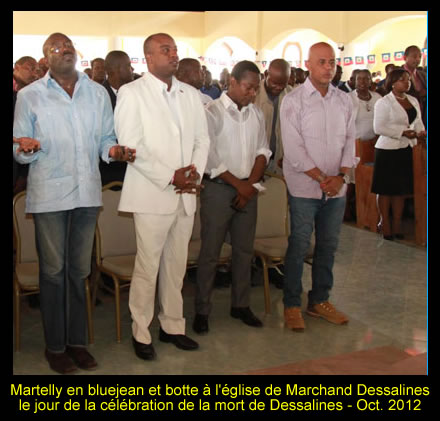
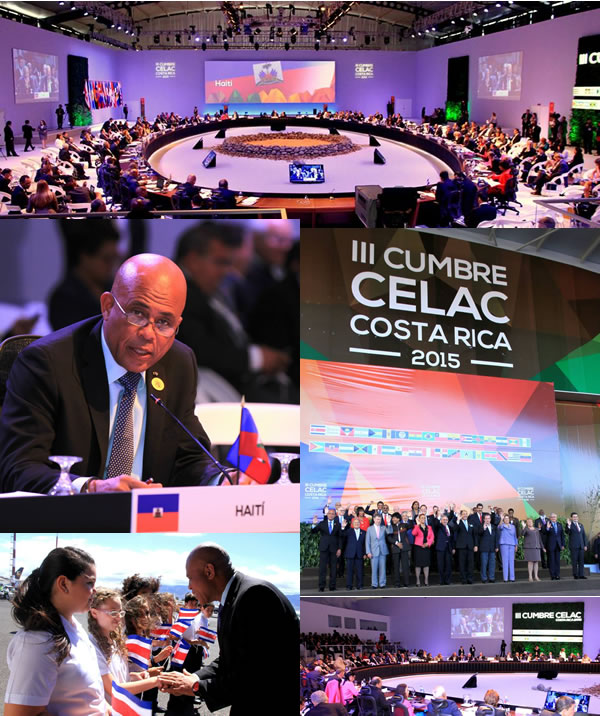
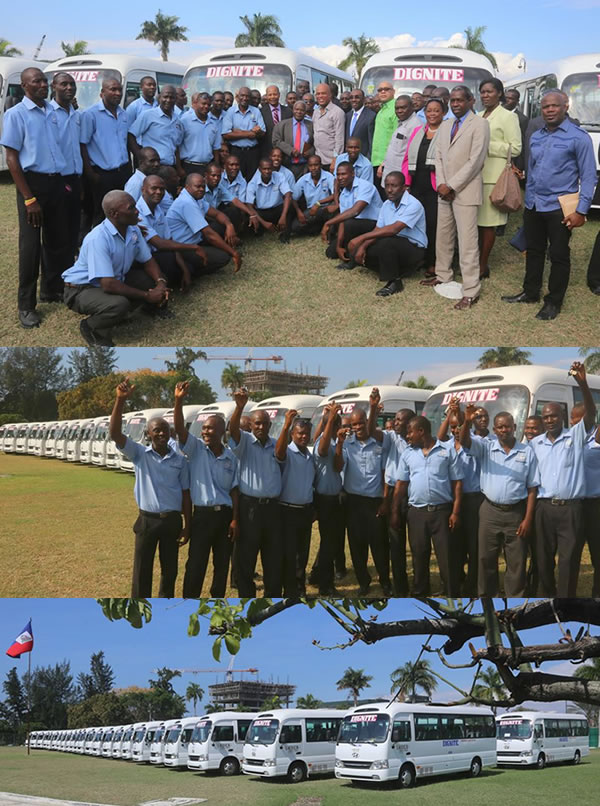
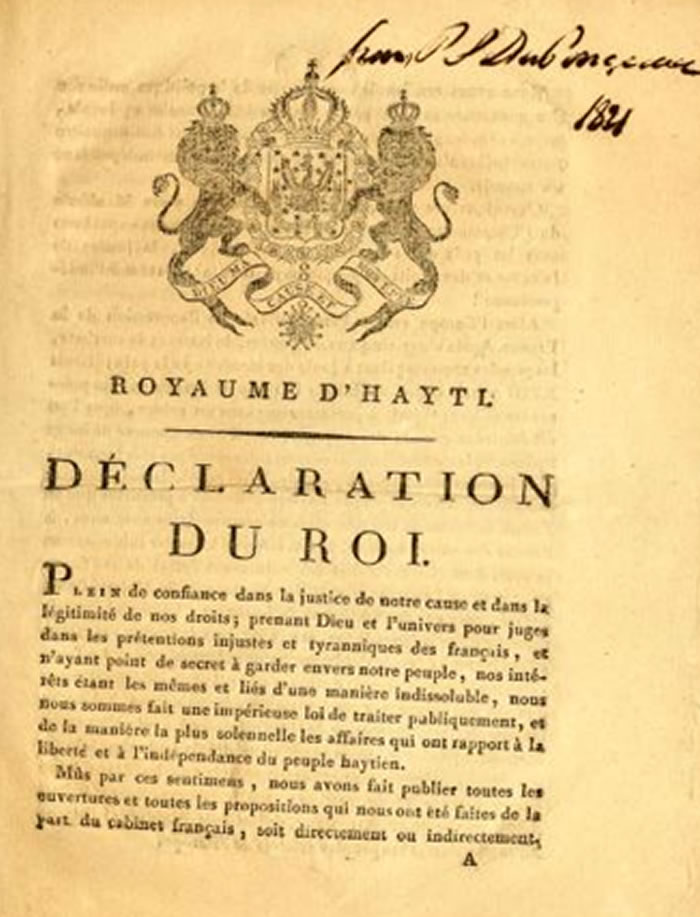
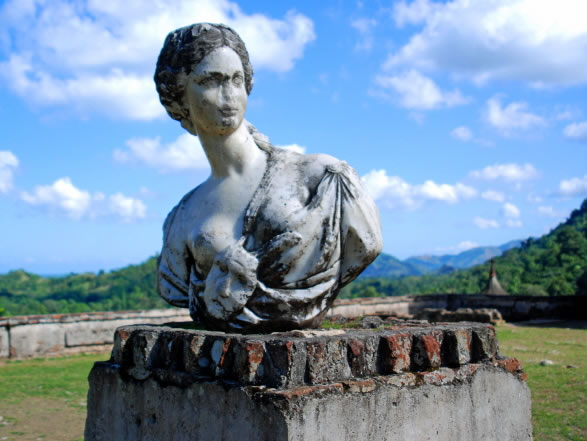
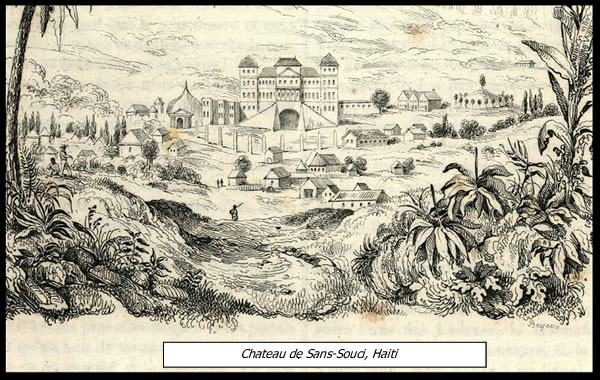
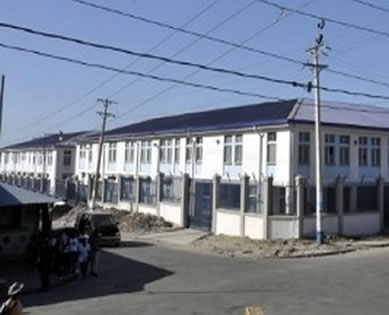
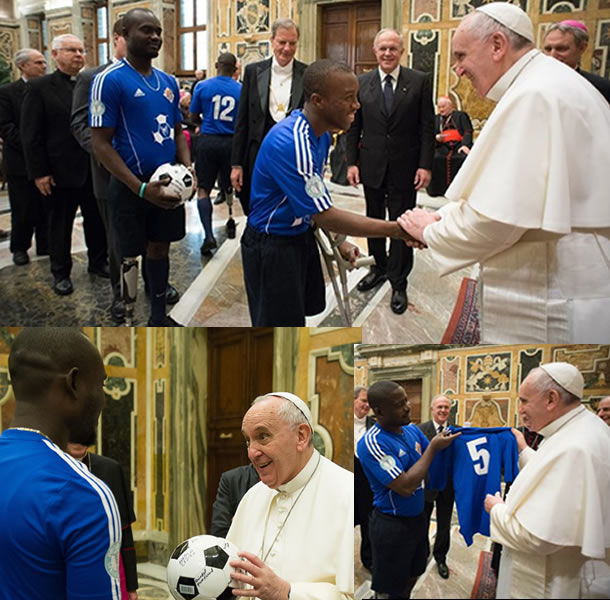
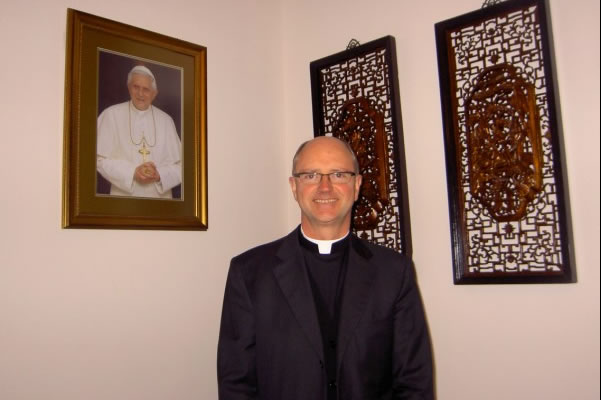
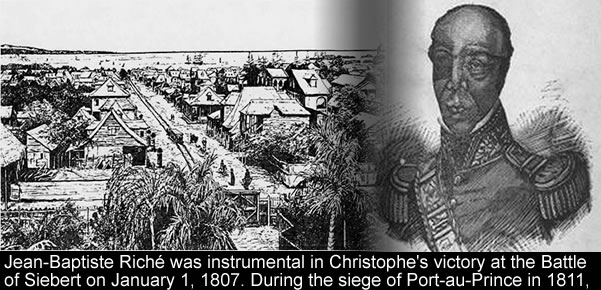
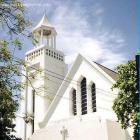 Nouveau College Bird in Port-au-Prince, Haiti
Nouveau College Bird in Port-au-Prince, Haiti 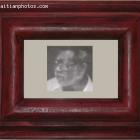 Luc Desir Was A Member Of Francois Duvalier And Jean-Claude...
Luc Desir Was A Member Of Francois Duvalier And Jean-Claude...  Gas Station In Haiti
Gas Station In Haiti  Meet Haitian-American professional baseball pitcher Touki...
Meet Haitian-American professional baseball pitcher Touki...  Dr. Henri Ford, First Haitian Dean At University of Miami Med...
Dr. Henri Ford, First Haitian Dean At University of Miami Med... 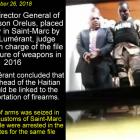 Former PNH Chief, Godson Orelus, arrested for illegal arm...
Former PNH Chief, Godson Orelus, arrested for illegal arm...  Port-au-Prince on fire over gas prices hike
Port-au-Prince on fire over gas prices hike  Jean Henry Céant deposited documents in Parliament for...
Jean Henry Céant deposited documents in Parliament for... 